Escomb Church: In the Darkness
L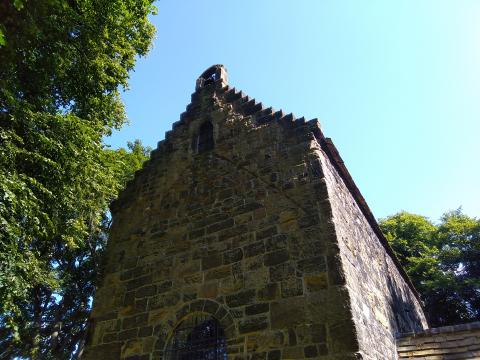
Ecombe Church in County Durham is one of only three Saxon churches that have largely survived intact. Most would have been knocked down and replaced, others slowly improved over the centuries, leaving only an odd wall or arch. Various Saxon and Anglian artefacts litter the porch and the parish is rightly proud of its ancient heritage. Much of the masonry is Roman, with large stones sourced from the abandoned Roman fort at Binchester. One even states LEG VI (sixth legion) and our guide pointed to one that might even show Roman cavalry depicted, but I was not certain.
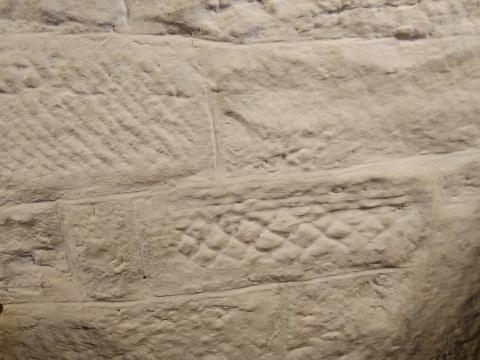
What struck me was how dark the original church would have been. Like other Saxon churches, it is every log, narrow and tall. The original windows are small and high up. Folk in the 1200s evidently considered it too dark, and had some larger, more obviously medieval windows built into the wall. The current internal walls are whitewashed, so the light can be reflected, but the original would have been denied this benefit. Why did they want it so dark?
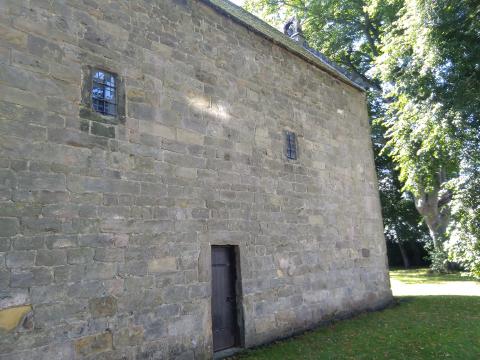
i Saxon England was a violent place. Many tough pagans with an antipathy to church buildings and a love of their silver crosses roamed the land. A dark room with a narrow door and small windows might given a sense of greater security.
ii It might be that, in the days when glazing was rare and costly, small, elevated windows would have been desirable. Saxon folk were a tough bunch, used to working outdoors and knowing well enough the seasons. A little cold air and some rain coming in from above was, for them, tolerable, but the small, narrow windows still minimised it.
iii Alternatively, they were rather fond of the mystery which the internal darkness provided. Too often during worship, we gaze at each other, or the furnishings, or at our shoes, instead of Christ. Of course, the Saviour cannot be seen with physical eyes; through faith we behold His presence among us. A darker church perhaps allows for less distraction and more belief. This is why we close our eyes in prayer; we can ‘see’ Him to whom our prayers are addressed, without the interference of other people’s movements or outfits getting in the way.
At Salem Chapel we prefer a brightly lit room that we might better read our Bibles. Yet there are some advantages to worshipping in a dim place with only a few shafts of light admitted from above, allowing us to better ‘see’ our God. Although the 'darkness' of sin must flee from the gospel’s bright incandescence, darkness itself is often a fitting place to see God:
I will give you the treasures of darkness and hidden riches of secret places, that you may know that I, the Lord, who call you by your name, am the God of Israel. Isaiah 45:3 NKJV
Who among you fears the Lord and obeys the voice of his servant? Let him who walks in darkness and has no light trust in the name of the Lord and rely on his God. Isaiah 50:10 ESV
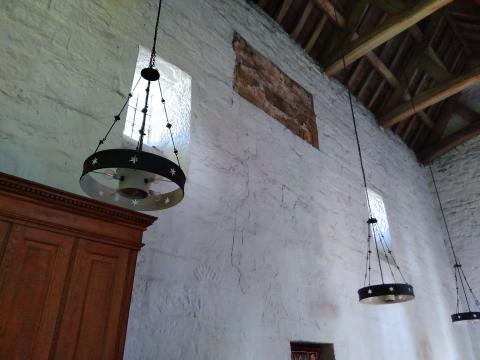
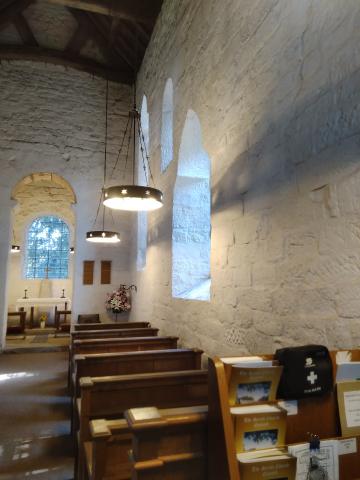
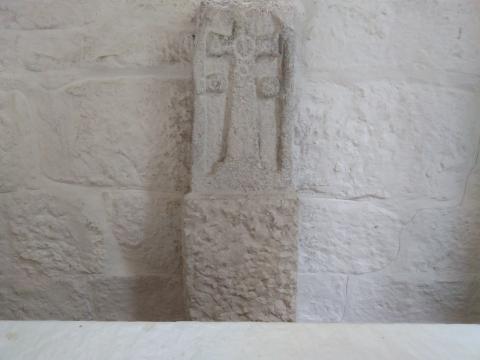
- Log in to post comments


 Sunday Worship 10.45am & 6.00pm
Sunday Worship 10.45am & 6.00pm